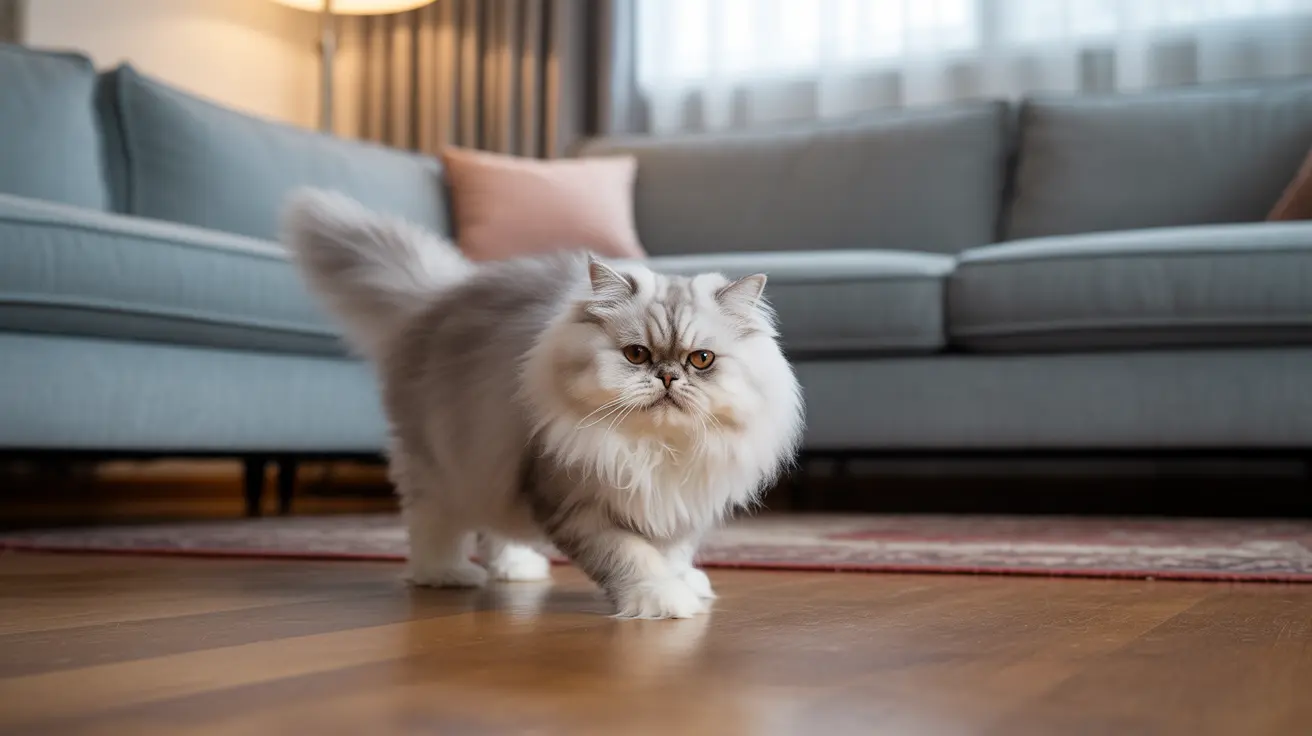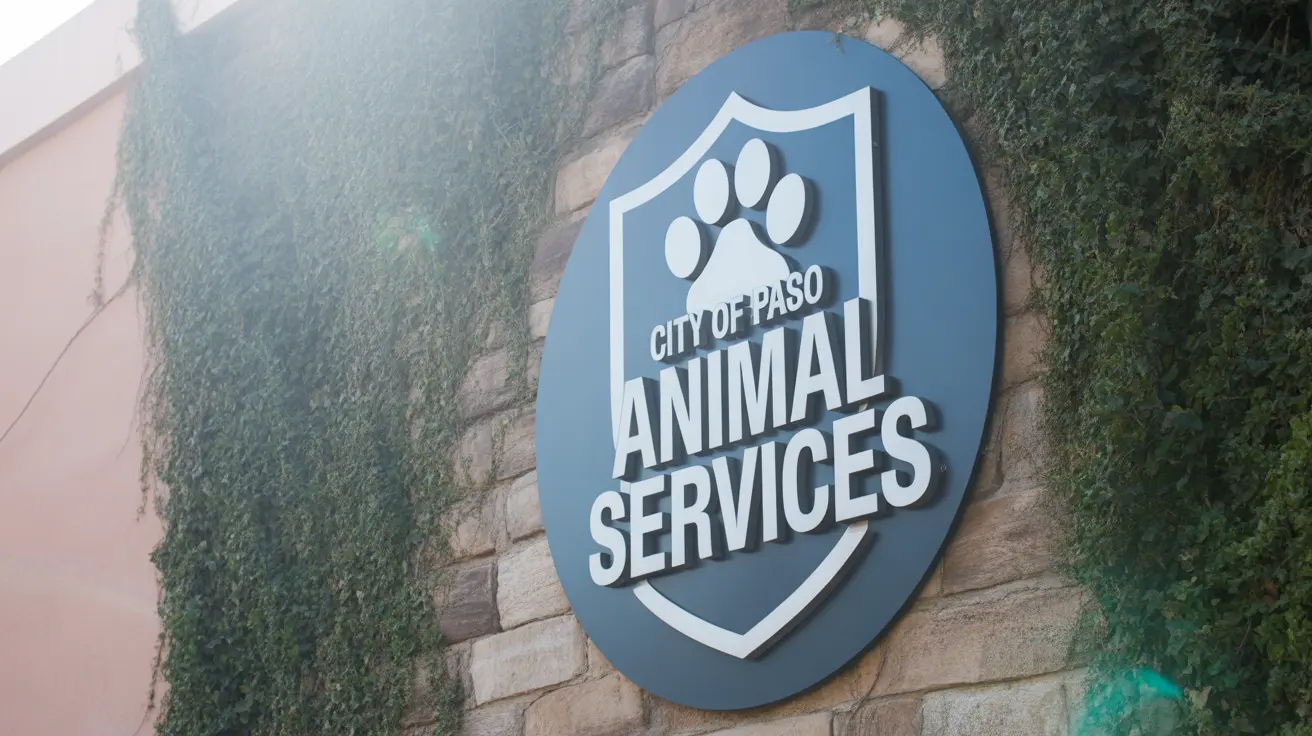Understanding Cat Scooting Behavior
When you notice your cat dragging its butt across the floor, it's natural to feel concerned. This behavior, known as scooting, is often your cat's way of signaling discomfort or irritation in their anal area. While occasional scooting might not be cause for alarm, frequent or persistent scooting typically indicates an underlying issue that requires attention.
Understanding why cats exhibit this behavior and knowing when to seek veterinary care is crucial for maintaining your pet's health and comfort. Let's explore the common causes, solutions, and warning signs you should watch for when your cat starts scooting.
Common Causes of Cat Scooting
Anal Gland Issues
Cats have two small anal glands located on either side of their anus that normally express naturally during defecation. When these glands become impacted or infected, they can cause significant discomfort, leading to scooting behavior. Signs of anal gland problems include a strong, fishy odor and visible swelling around the anal area.
Parasitic Infections
Intestinal parasites, particularly tapeworms, are a frequent cause of scooting. You might notice small, white segments resembling rice grains near your cat's anus or in their bedding. These parasites can cause intense itching, prompting your cat to drag their bottom across the floor for relief.
Hygiene-Related Problems
Long-haired cats are especially prone to hygiene-related scooting. Feces, litter, or other debris can become trapped in the fur around their anus, causing discomfort and leading to scooting behavior. Regular grooming and occasional sanitary trims can help prevent these issues.
When to Seek Veterinary Care
Immediate Attention Required
While some causes of scooting can be addressed at home, certain symptoms warrant immediate veterinary attention:
- Persistent scooting lasting more than 24-48 hours
- Blood or pus around the anal area
- Visible swelling or lumps
- Signs of pain when defecating
- Significant changes in bathroom habits
Professional Treatment Options
Your veterinarian may recommend various treatments depending on the underlying cause:
- Manual expression of anal glands
- Deworming medication for parasitic infections
- Antibiotics for infections
- Medicated wipes or creams for skin irritation
- Dietary adjustments to improve stool consistency
Prevention and Home Care
Regular Maintenance
Preventing scooting often comes down to proper preventive care:
- Regular grooming, especially for long-haired cats
- Maintaining a clean litter box
- Keeping your cat on a regular deworming schedule
- Providing a balanced, fiber-rich diet
- Regular veterinary check-ups
Environmental Management
Creating a healthy environment for your cat includes:
- Using appropriate litter that doesn't stick to fur
- Keeping the anal area clean and trimmed when necessary
- Monitoring for signs of parasites or skin issues
- Maintaining proper humidity levels to prevent skin irritation
Frequently Asked Questions
Why is my cat dragging its butt across the floor and what could be causing this behavior?
Cats typically drag their butts due to anal gland problems, parasitic infections, or hygiene issues. This behavior indicates discomfort or irritation in the anal area that needs to be addressed.
How can I tell if my cat has anal gland problems or infections from scooting?
Signs of anal gland issues include a strong fishy odor, visible swelling around the anus, excessive licking of the area, and persistent scooting. You may also notice your cat showing signs of discomfort when sitting.
What should I do at home to help a cat that is scooting due to stuck feces or matted fur?
Gently clean the area with warm water and pet-safe wipes, carefully trim matted fur around the anus, and maintain regular grooming. For long-haired cats, consider scheduling regular sanitary trims.
When is scooting a sign that my cat needs to see a vet urgently?
Seek immediate veterinary care if scooting persists for more than 48 hours, or if you notice blood, swelling, severe matting, signs of pain, or changes in bathroom habits.
How can I prevent my cat from scooting by managing parasites, allergies, and anal gland health?
Maintain regular deworming schedules, keep your cat on flea prevention, provide a balanced diet with adequate fiber, and schedule regular veterinary check-ups. Keep the litter box clean and consider hypoallergenic options if allergies are suspected.






